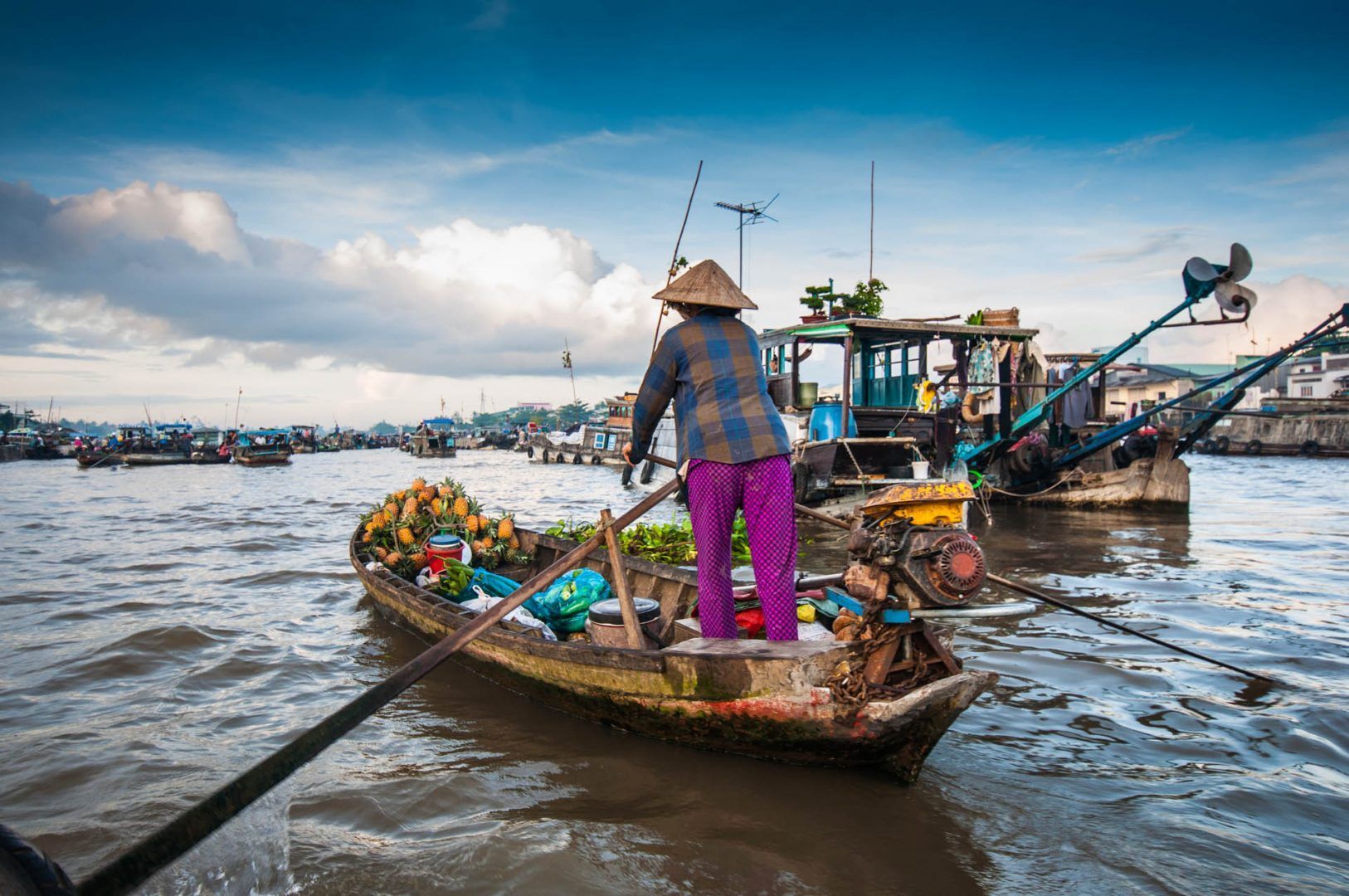Is Vietnam expensive?
Short answer: Not really – unless you want it to be. Vietnam is still one of the better-value countries in Southeast Asia, especially if you stick to local spots and steer clear of anything that screams “influencer favorite.”
Some of the best things to do in Vietnam – trekking in Sapa, cruising Ha Long Bay overnight, or sipping rooftop cocktails in Saigon – will chip away at your budget fast. A basic Ha Long Bay cruise can cost $40-$60 for a day trip. Multi-day tours run higher. Western-style restaurants in big cities charge accordingly – and often underdeliver.
If you're traveling on a budget, $25-40 a day is doable. Think: hostel dorms, bánh mì lunches, and sleeper buses between cities. Street food is cheap and good – a bowl of bún chả in Hanoi will cost less than your morning coffee back home.
With a mid-range budget ($60-90/day), you can upgrade to boutique guesthouses, book internal flights instead of 10-hour buses, and eat at nicer local restaurants. You’ll also have room for the occasional guided tour or cooking class.
Going all in? Vietnam has luxury options – just fewer of them. You’ll find sleek hotels in Hoi An, private cabins on the bay, and high-end tasting menus in Ho Chi Minh City. But the true splurge often comes in the form of time – slow travel, longer stays, and not rushing through it all.
Is Vietnam safe for travelers?
Mostly – but don’t switch off completely. Vietnam is generally safe, and most trips are trouble-free. You’ll find the vibe friendly, especially outside the major cities. Still, a few smart moves can save you a lot of hassle. These essential Vietnam travel tips will help you stay sharp and travel smarter.
Crime and personal safety
Violent crime is rare, but petty theft happens, especially in busy spots like Hanoi’s Old Quarter, Ho Chi Minh City’s District 1, and on night buses. Bag snatching by motorbike thieves is a thing, so keep your phone off the streetside and don’t sling your bag loosely.
Scams? Yep. Fake taxis, rigged meters, dodgy motorbike rentals, and “overfriendly” locals with surprise bar tabs are all part of the scene. Some ATMs get tampered with, so stick to machines at banks.
Solo female travelers usually feel safe, especially during the day. Harassment is uncommon but not unheard of – confidence and street smarts go a long way. Modest dress helps in smaller towns, but it’s attitude more than clothing that matters.
To stay safe:
- Keep your phone and bag close, especially when walking or riding pillion.
- Use trusted ride apps like Grab or Be instead of random taxis.
- Count your change, and avoid money changers on the street.
- Don’t walk down alleys alone at night – even if Google Maps tells you it’s faster.
Regional risks and natural hazards
You might hear about past unrest in some remote provinces, but these areas are rarely on tourist itineraries – and even more rarely a concern. Just check government travel advisories if you’re going deep into the countryside.
Flooding and landslides can hit the north during the rainy season (June to September), especially around Sapa or Ha Giang. Typhoons sometimes disrupt travel in central Vietnam between September and November. Keep tabs on forecasts – and build in some flexibility if you're heading to the mountains or coast.
Culture, customs, and respect
Vietnam is relaxed in some ways, and old-school in others. People won’t say much, but you’ll stand out fast if you ignore the basics.
- Public shouting or anger won’t get you far – stay calm, even when things go sideways.
- Dress modestly when visiting temples or rural areas – shoulders and knees covered.
- LGBTQ+ travelers are generally welcome, especially in cities, though PDA still turns heads in smaller places.
- Bribes are illegal – and far less common than they used to be. If someone hints, a polite no usually works.
















